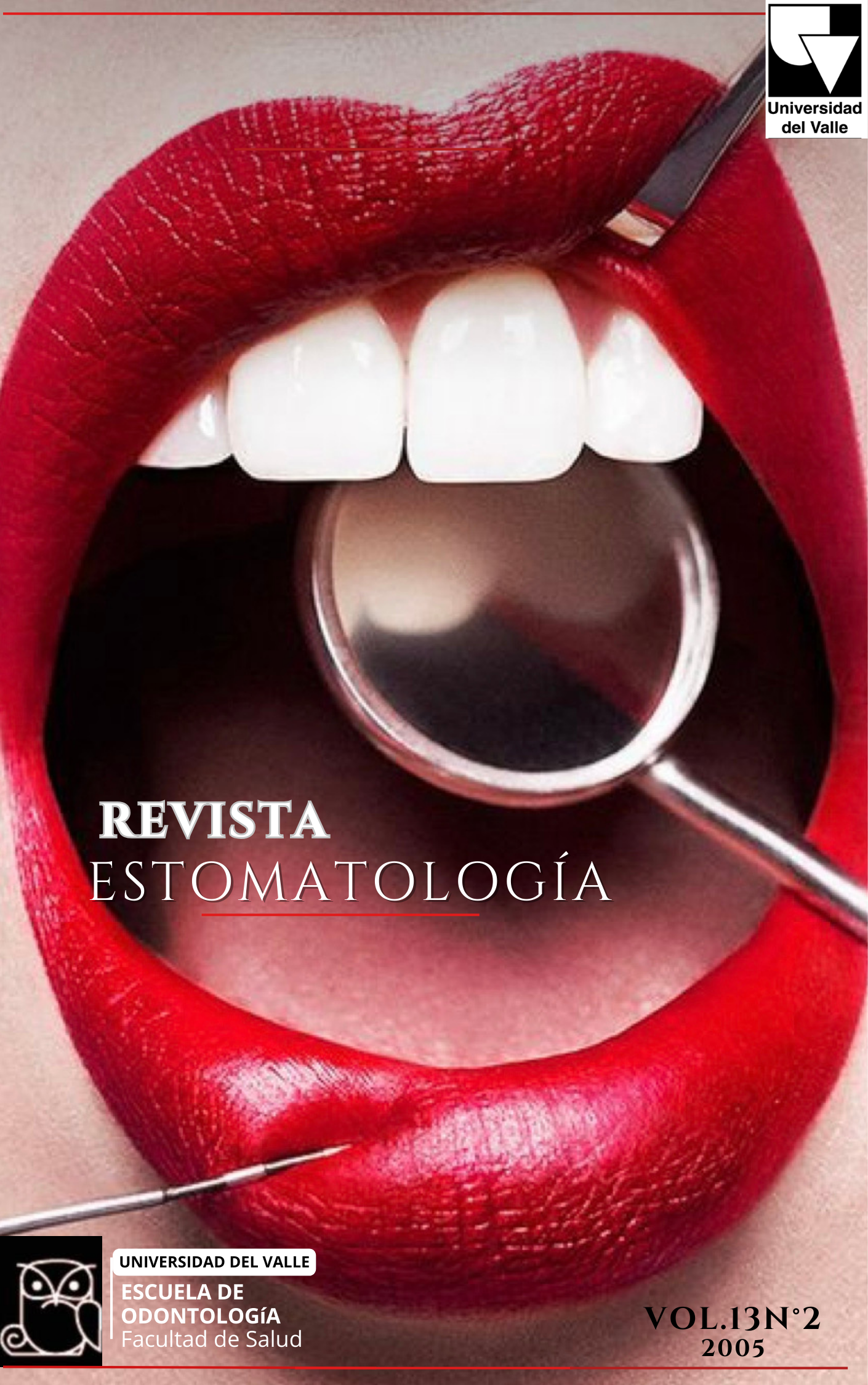Comparación de la resistencia de dos resinas microhíbridas para la restauración dental
Main Article Content
Objective: To compare flexural and compres-sive strength of two microhibrid composite resins.
Methods: A quasi-experimental in vitro study was performed to evaluate physical-mechanical properties of Miris®, (Coltene) and Esthet–X®, (Dentsply)
Results: Flexural resistance strength test showed higher values for Miris® than for Esthet-X® (P=0.0286). The elastic modulus (Young) test presented higher results for Miris® (P= 0.0286). Compressive resistance strength results were higher for Esthet-X® than for Mi-ris® (P=0.0159). When the tensional strength test was applied to the microhibrid resins, no reliable data were obtained.
Conclusions: Higher Flexural modulus was co-rrelated to lower deformation values, as showed by Miris®. In contrast, its compressive values were lower than Esthet-X®. Miris® was more rigid than Esthet-X®, but Esthet-X® resisted higher compressive load. Both systems showed acceptable physical-mechanical values to be considered for posterior restorations. Limited use of these resins to conservative preparations in bicuspids and molars should be considered.
- Microhibrid composite resin
- Miris®
- Esthet-X®
- tensional
- flexural
- compressive tests
Downloads

This work is licensed under a Creative Commons Attribution-NonCommercial-NoDerivatives 4.0 International License.
Los autores/as conservan los derechos de autor y ceden a la revista el derecho de la primera publicación, con el trabajo registrado con la licencia de atribución de Creative Commons, que permite a terceros utilizar lo publicado siempre que mencionen la autoría del trabajo y a la primera publicación en esta revista.





